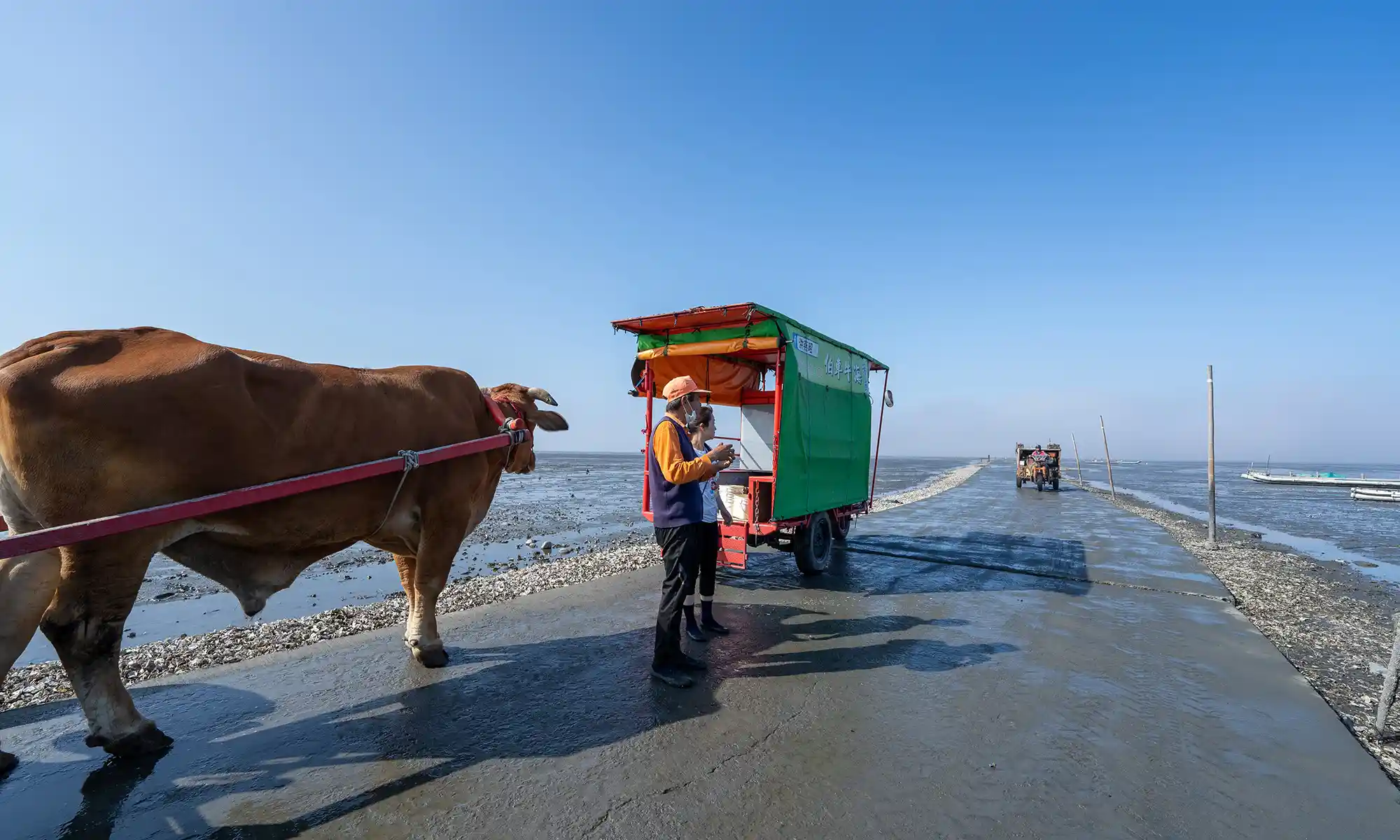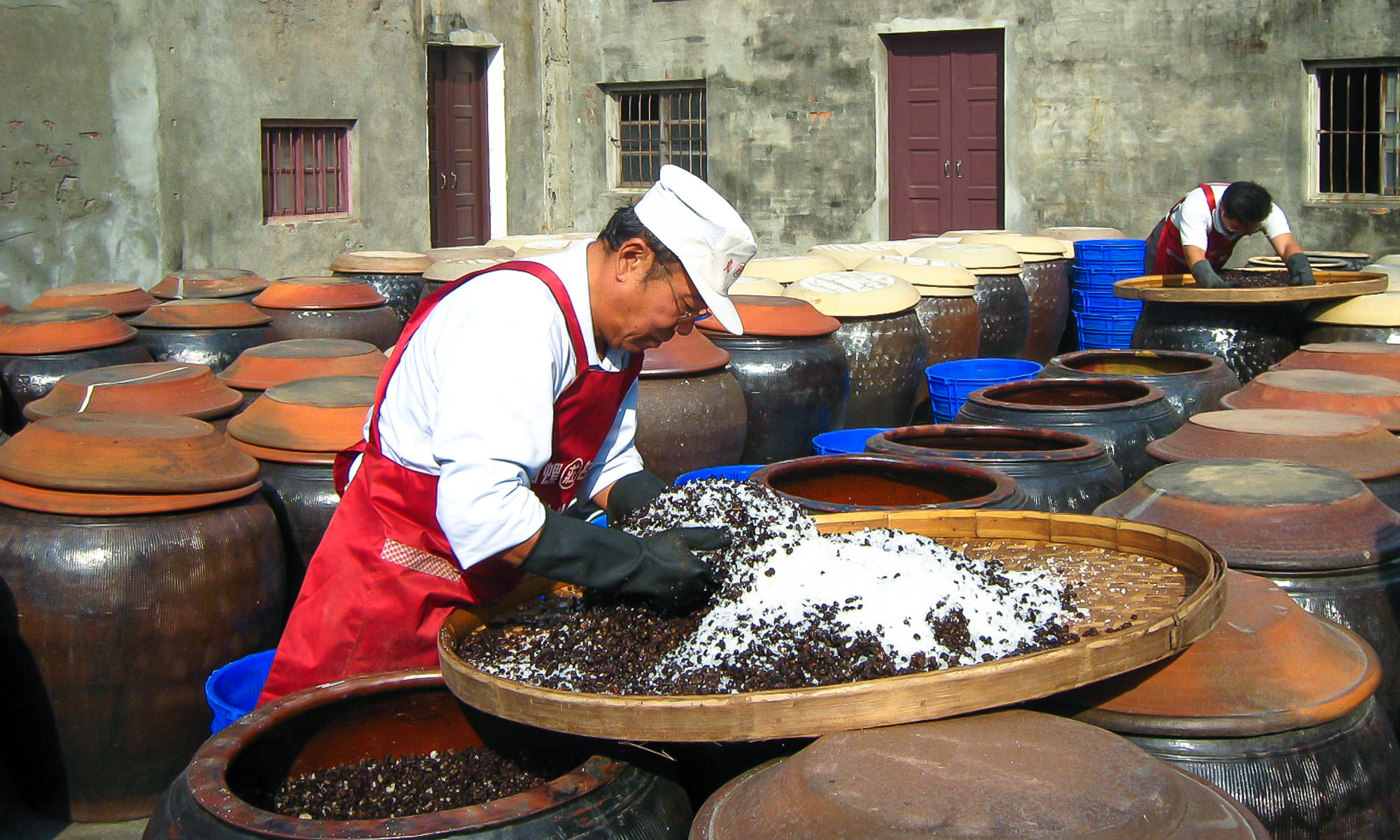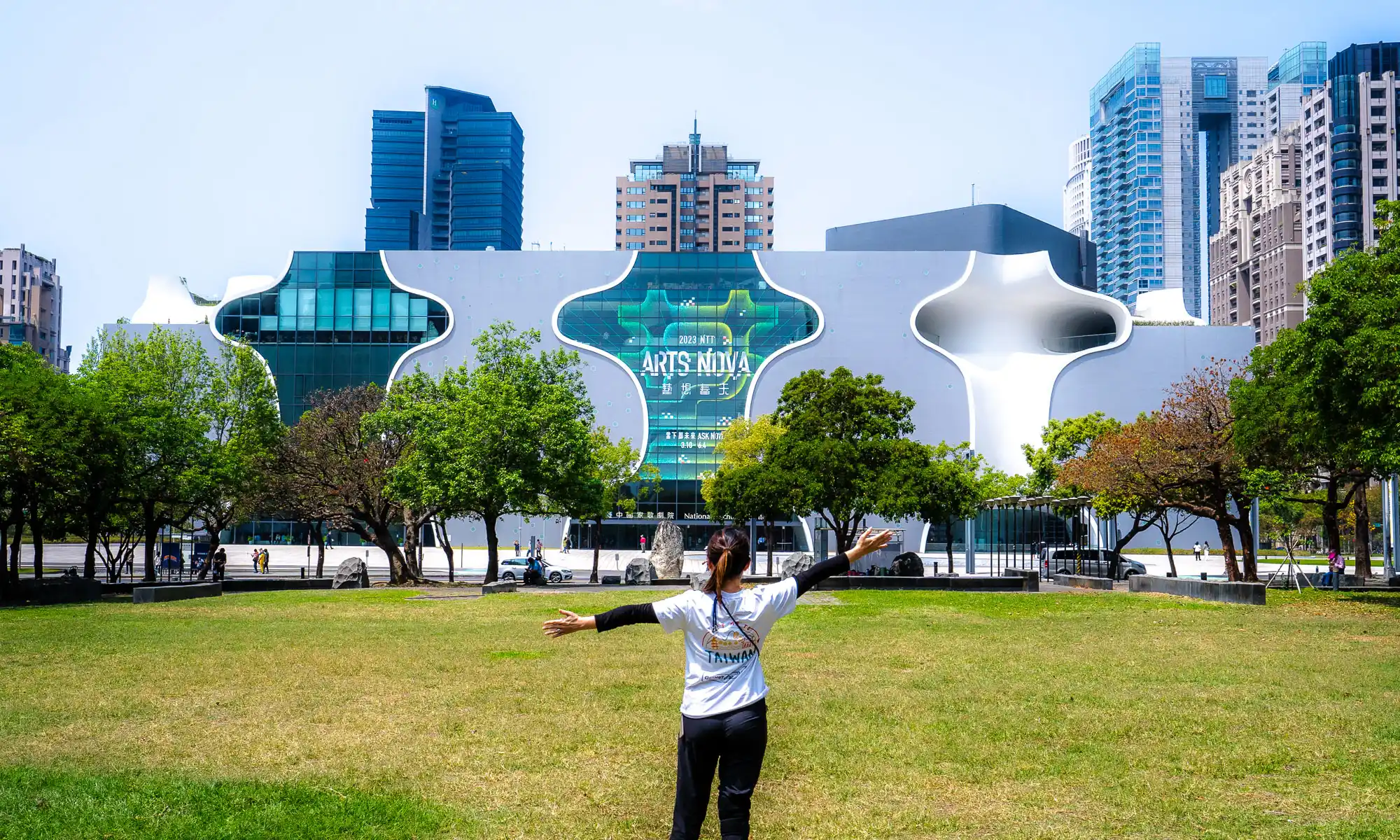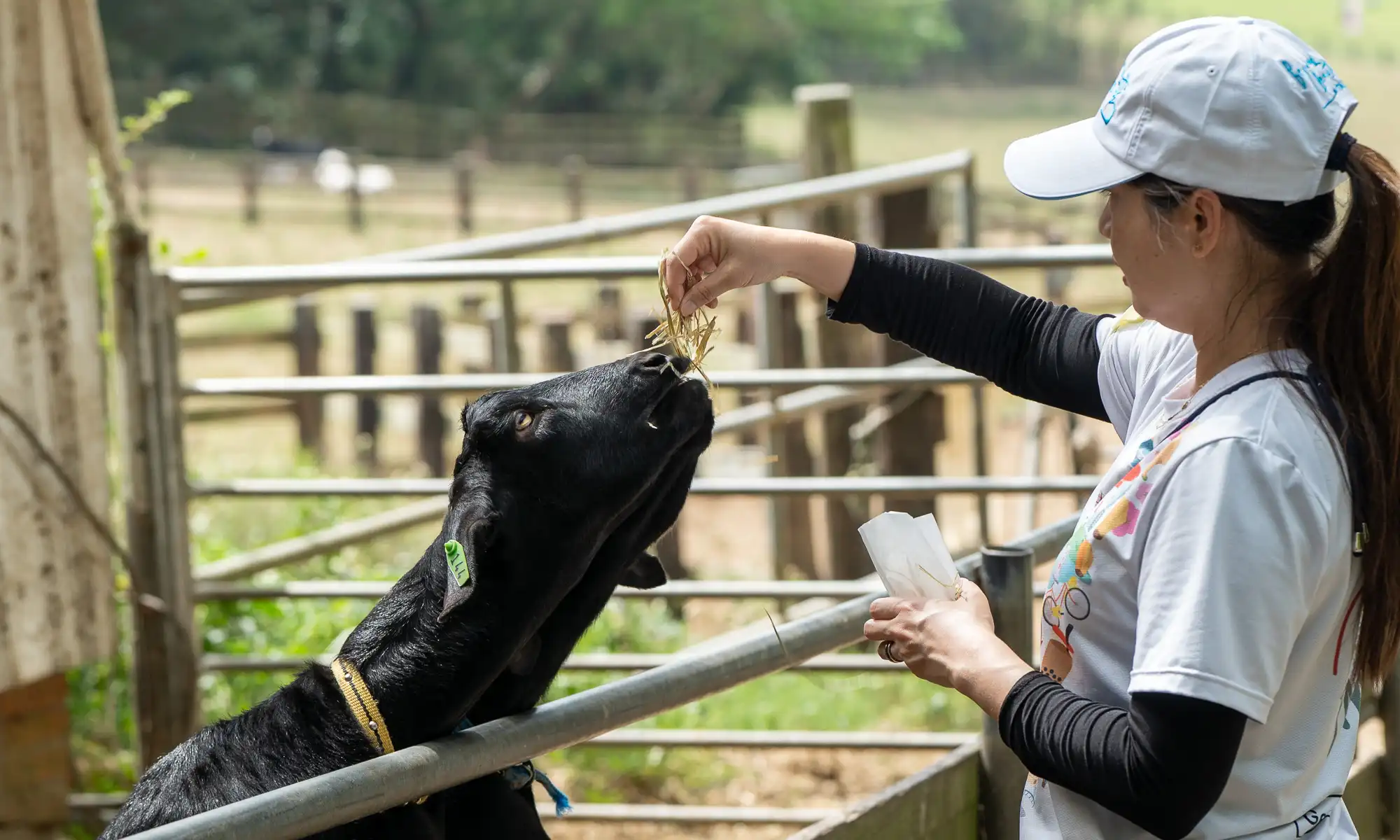ECOTOURISM IN TAIWAN’S TIDAL FLATS
What Fangyuan Township lacks in modern tourism infrastructure, it makes up for with its rich tradition of oyster farming. Located on the western coast of Changhua County, Fangyuan’s intertidal zones are home to nutrient dense soil and a diverse intertidal ecosystem. The sand here looks a bit darker than most beaches (this is due to river silt mixing with ocean sand), but it’s actually home to all kinds of living creatures—oysters, crabs, and shrimp to name a few—that you can meet on one of Taiwan’s most unique eco-tours.
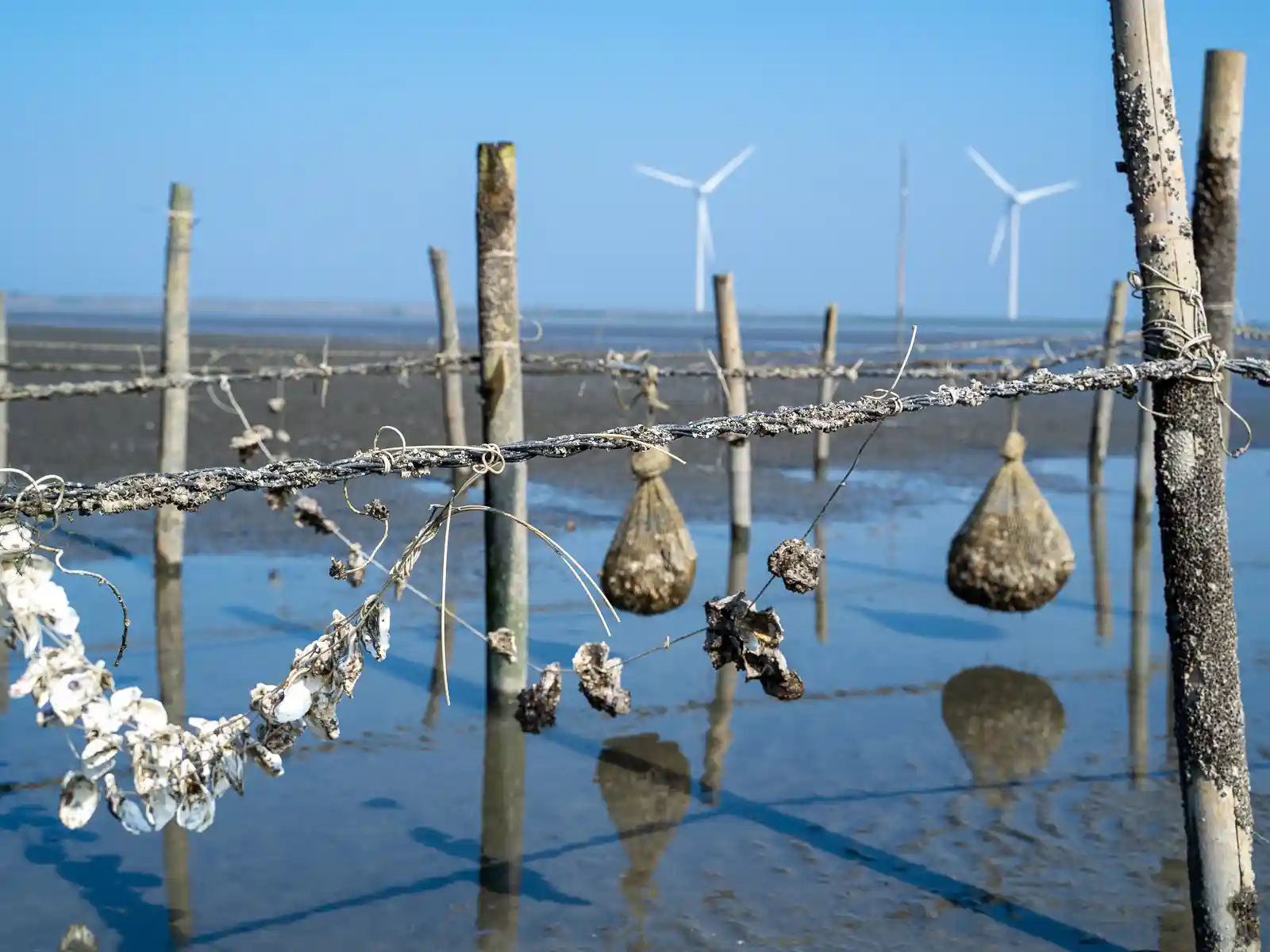
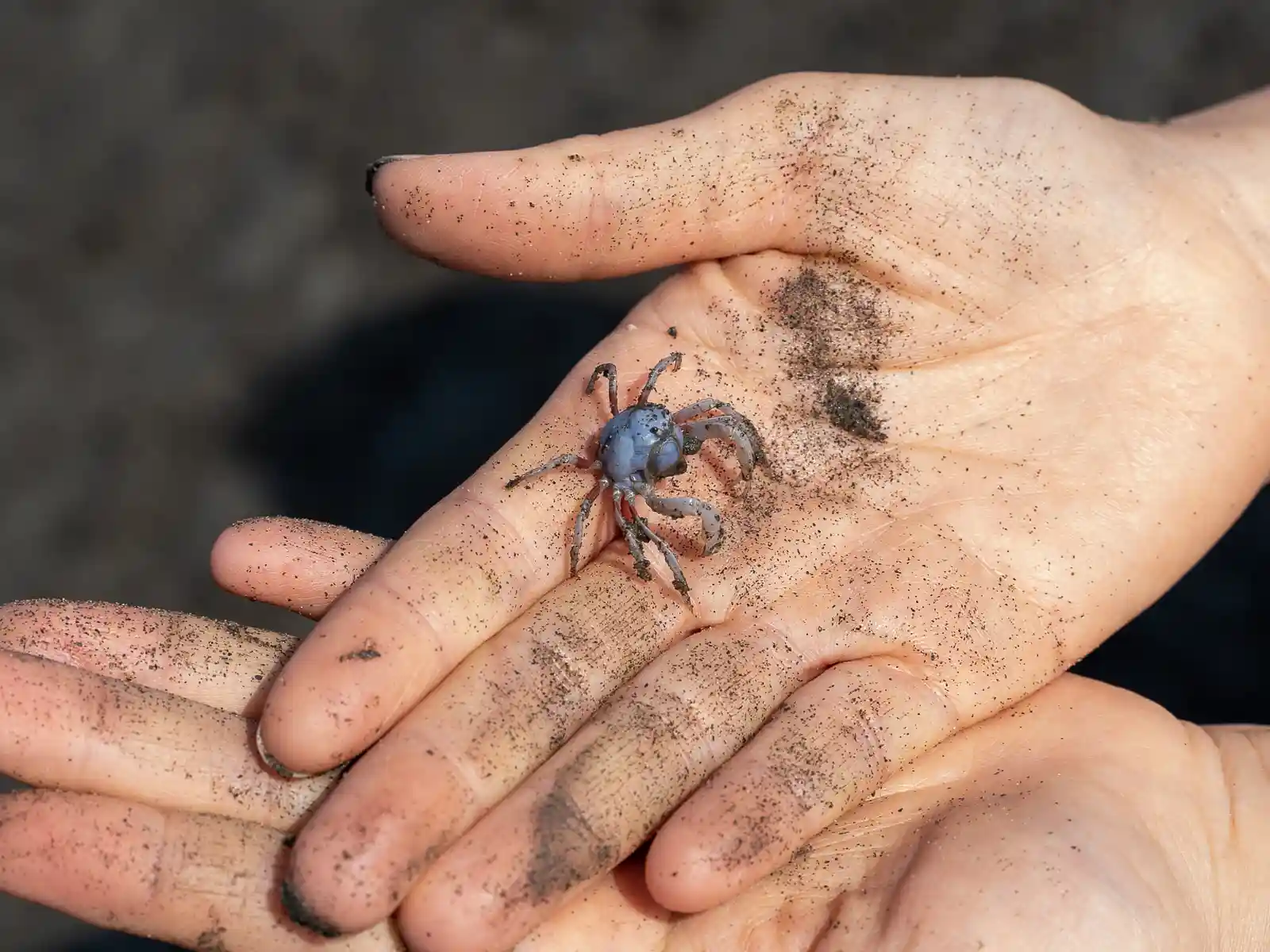
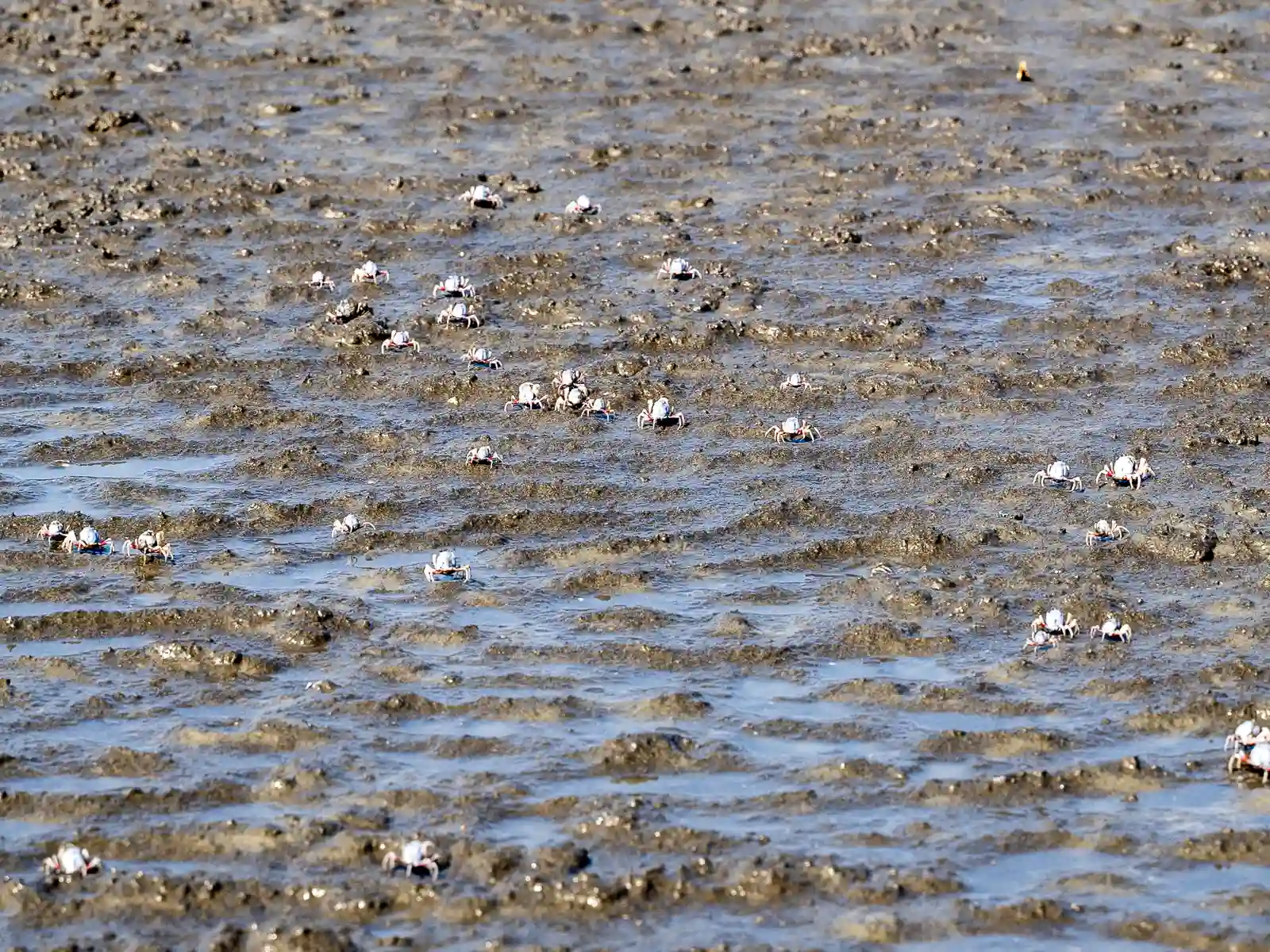
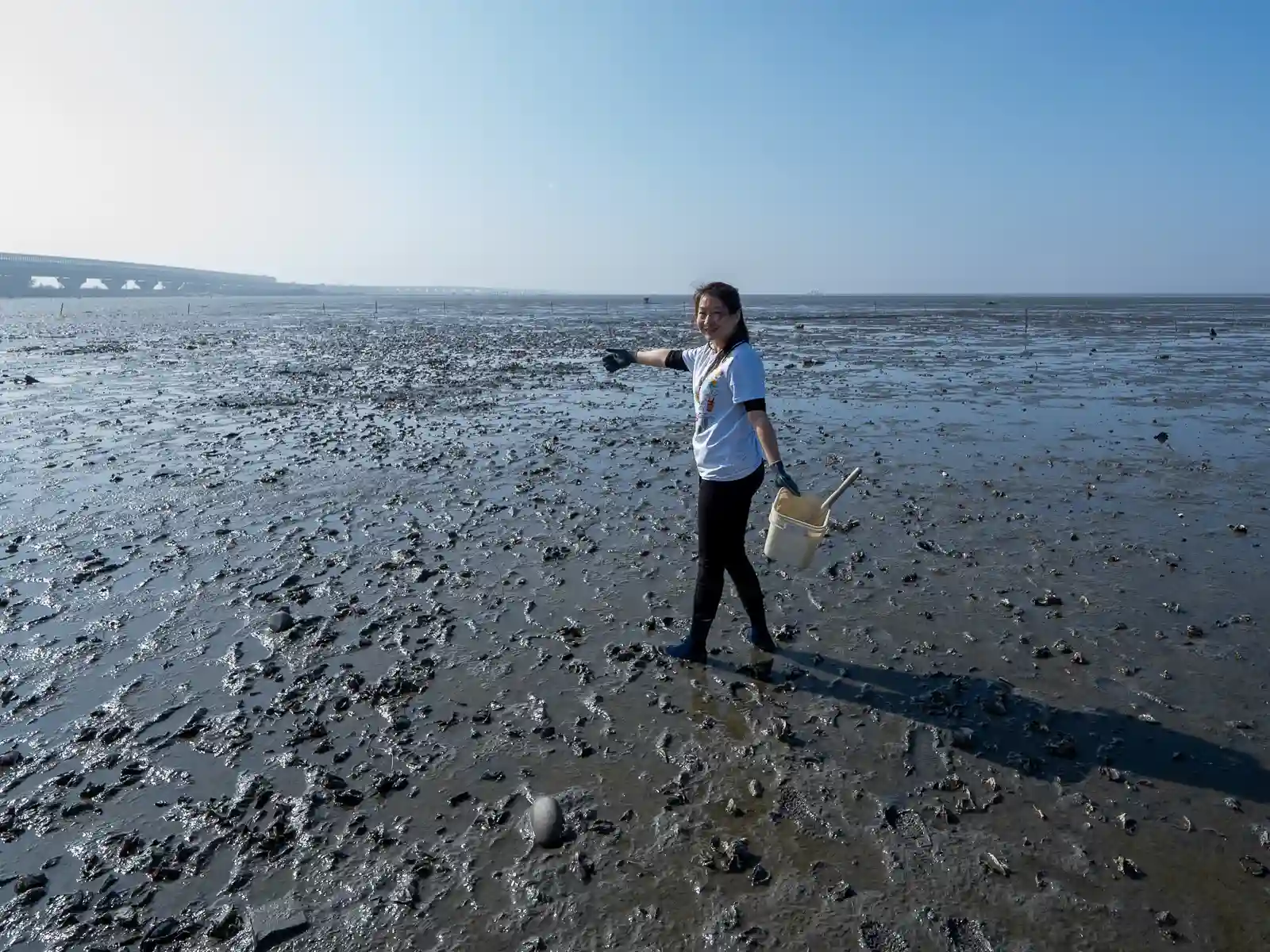
Fangyuan’s Cultural Heritage
Fangyuan Township produces approximately 35,000 metric tons of oysters per year from 30 square kilometers (around 11 square miles) of oyster beds in the tidal area. While gasoline powered carts have replaced water buffalo for most actual oyster harvesting, the remaining water buffalo are considered a national intangible cultural asset and continue to be an important part of Fangyuan’s cultural heritage.
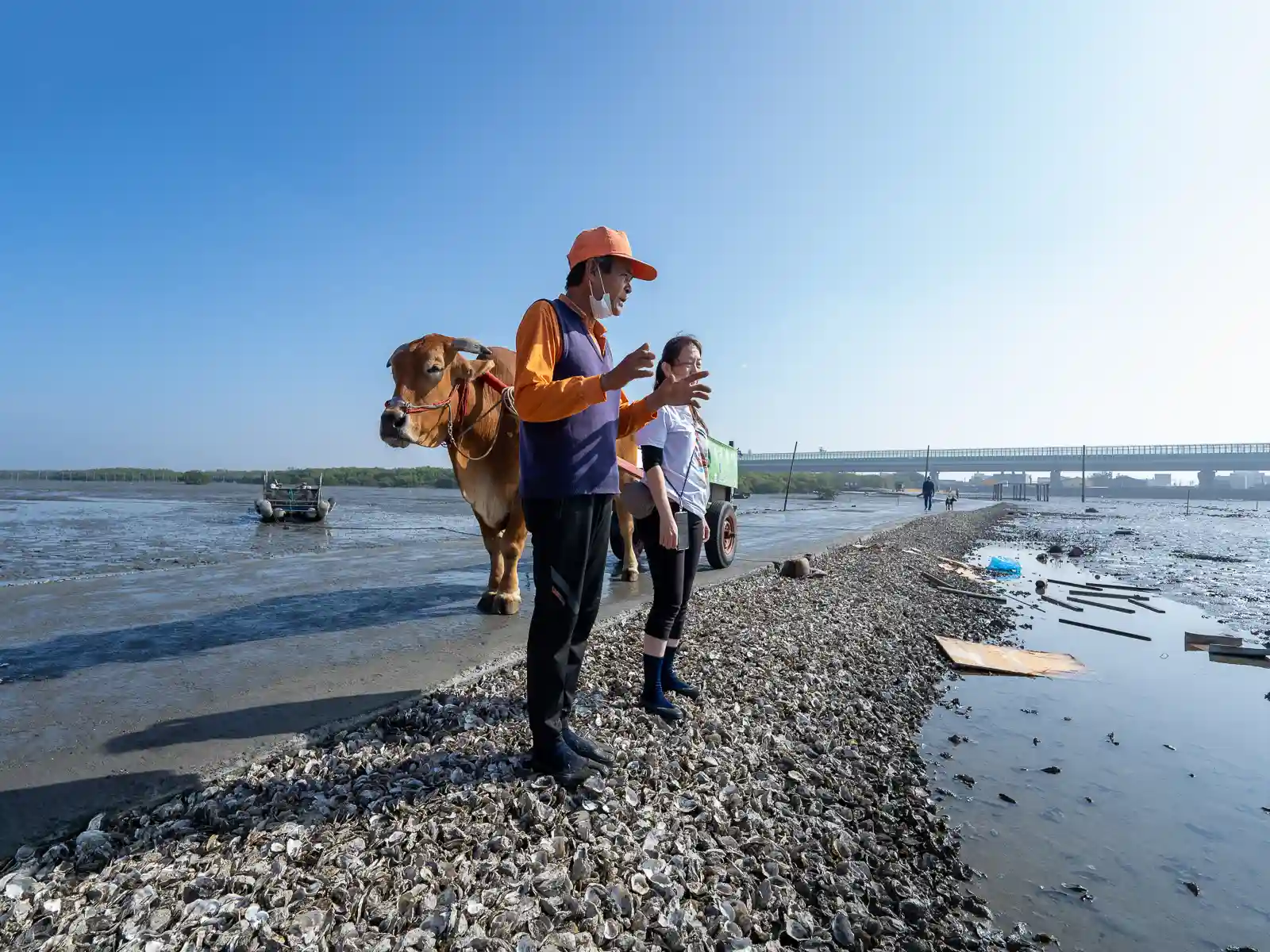
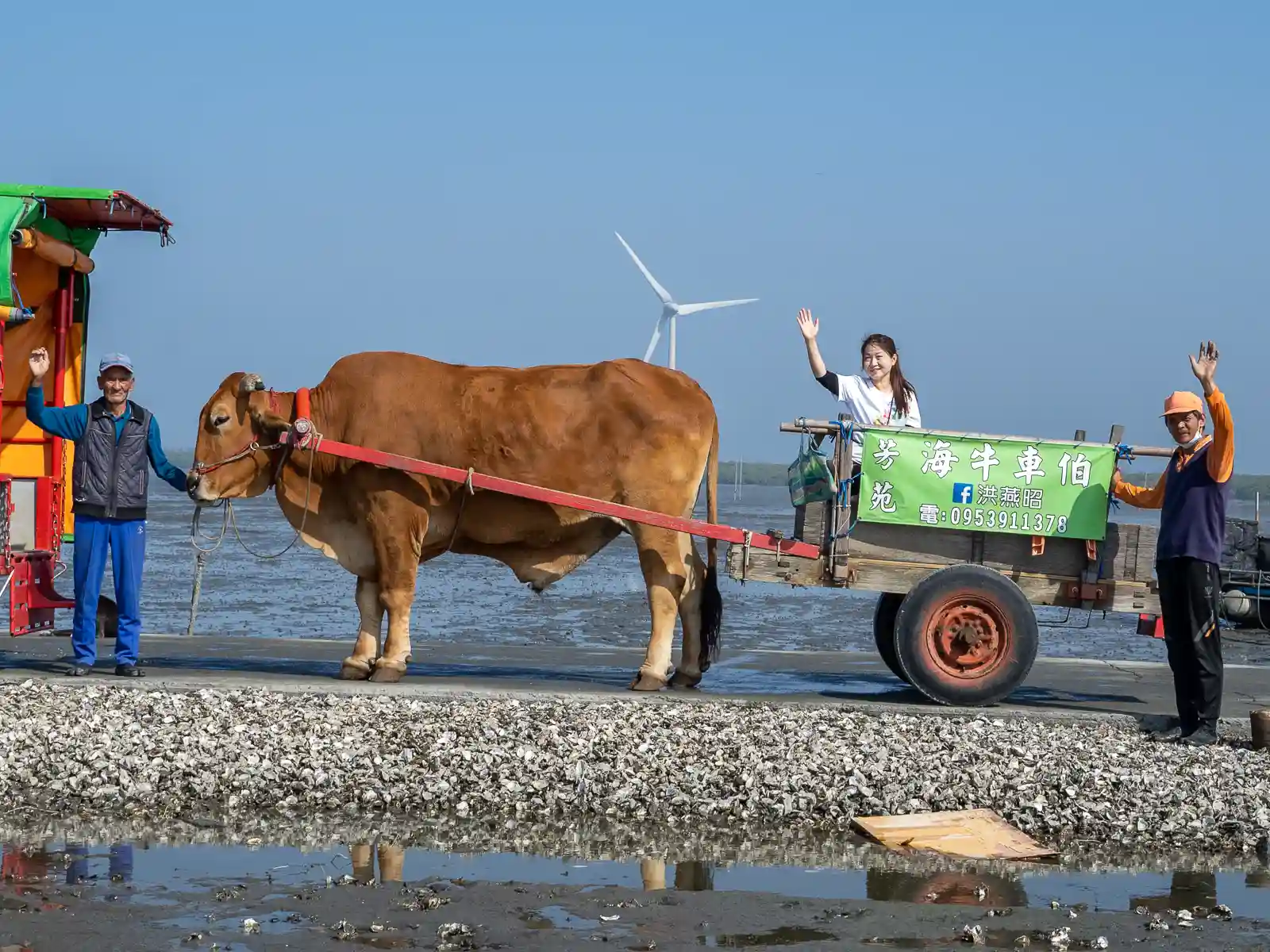
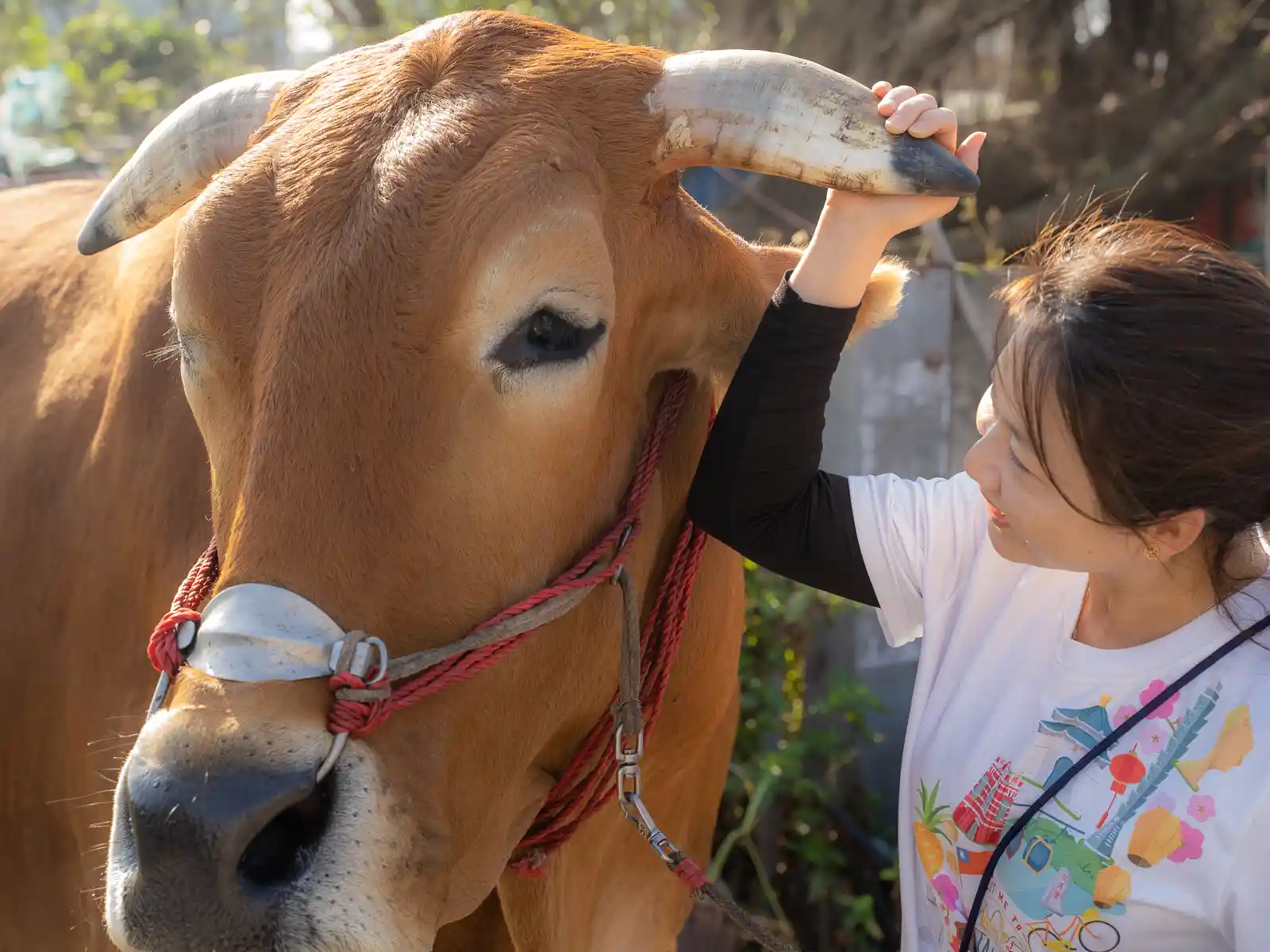
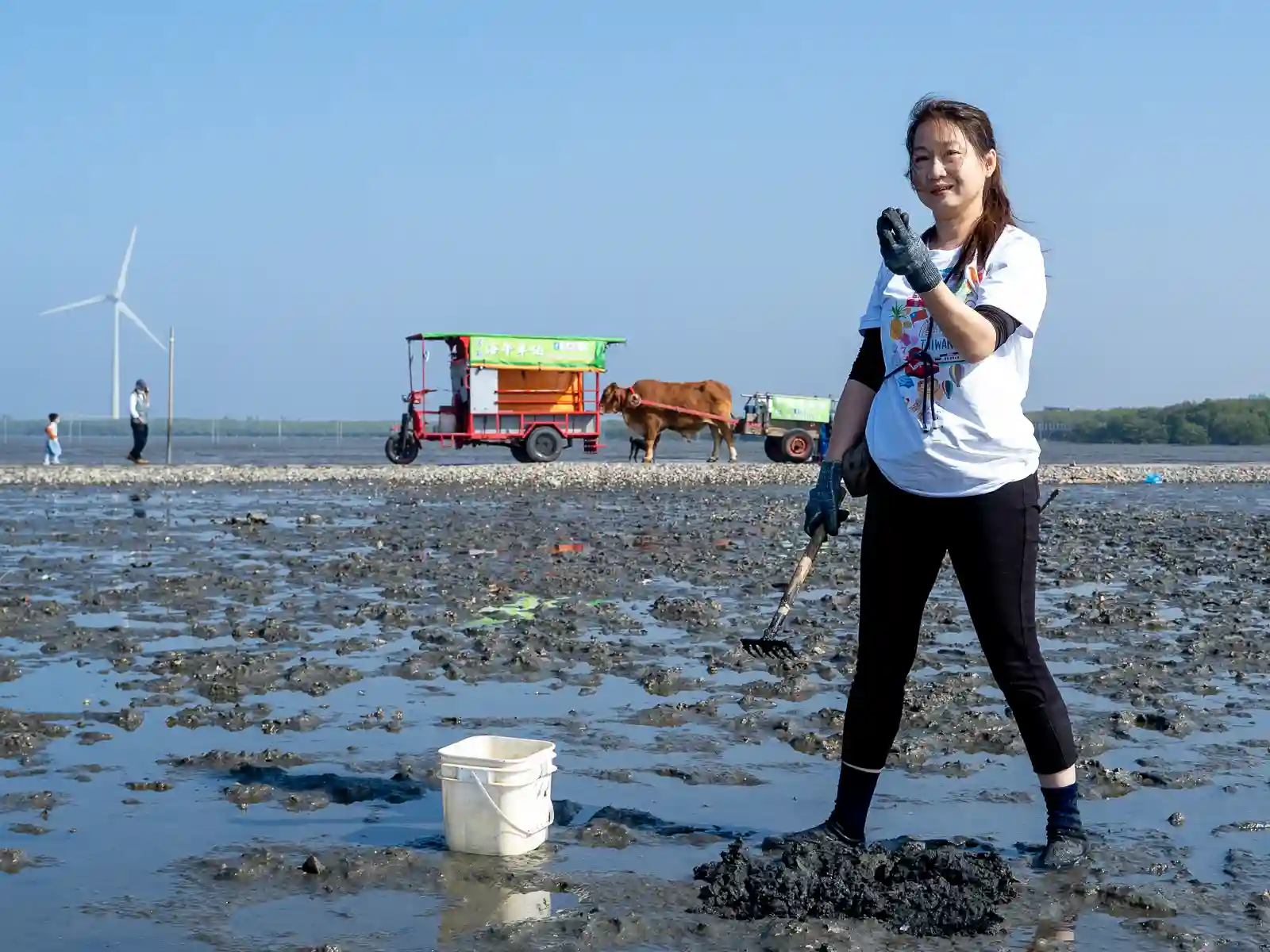
Oyster Harvesting Eco-Tours
During low tide, these tidal flats extend out nearly as far as the eye can see. It’s precisely at low-tide that Fangyuan’s charismatic farmers operate their eco-tours. Capitalizing on the tradition of using water buffalo-pulled carts to transport oysters from the fields, entrepreneurial farmers now offer authentic oyster picking tours that give visitors a chance to experience how oysters were once farmed. Not only will you get to experience the slow pace of life of the local farmers, they will also educate you on the local ecosystem and provide a barbecue on the tidal flats.
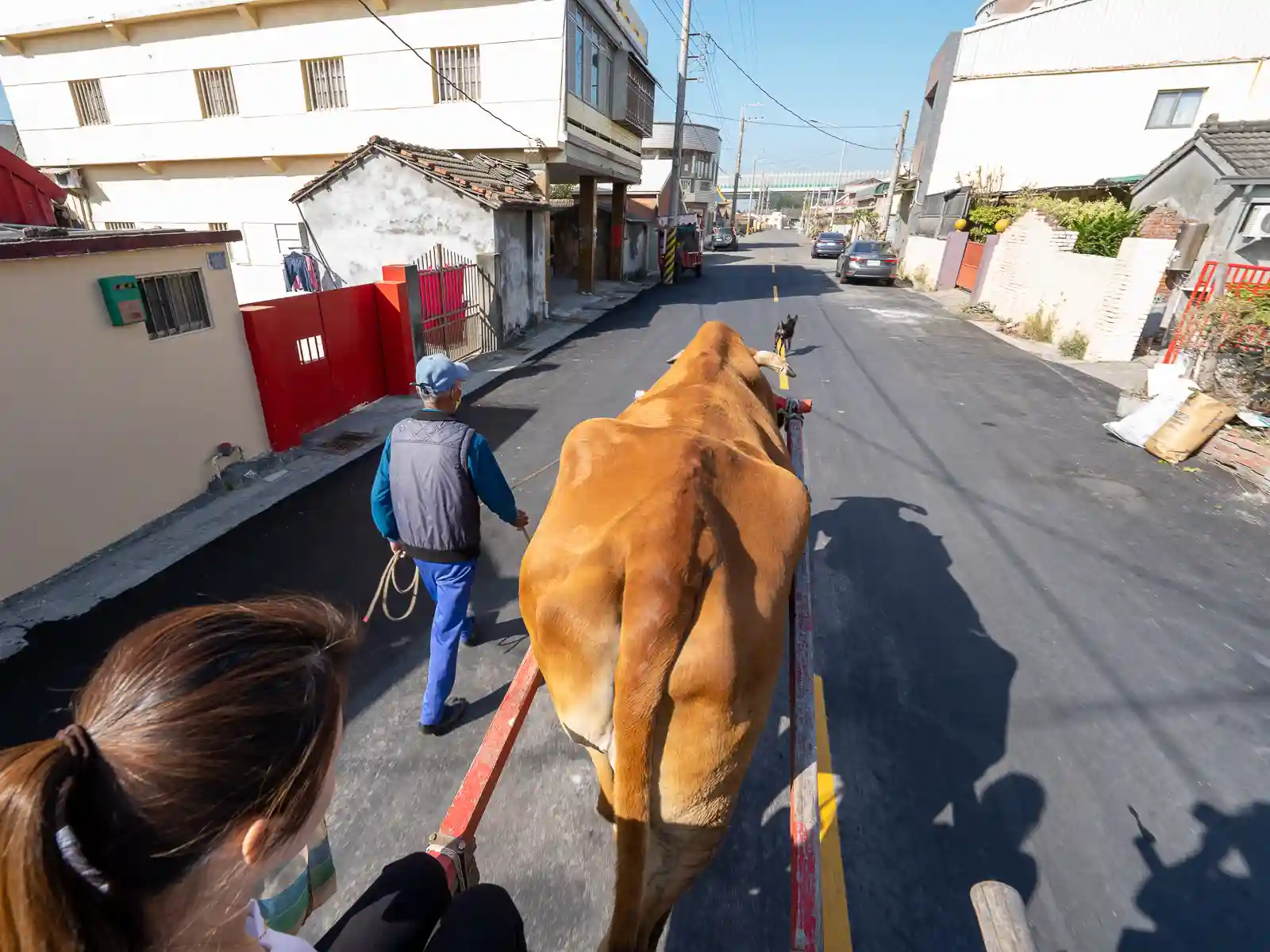
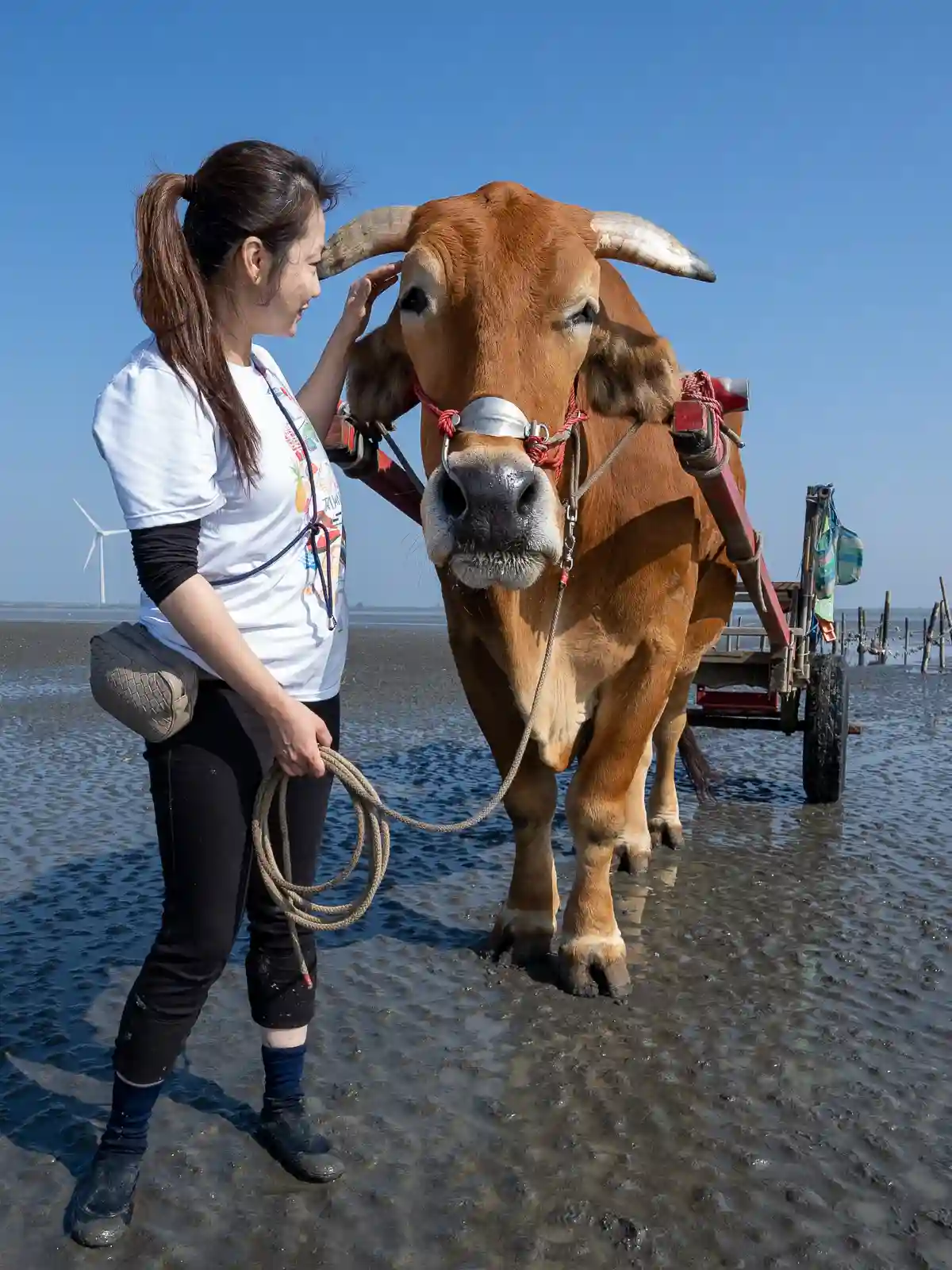
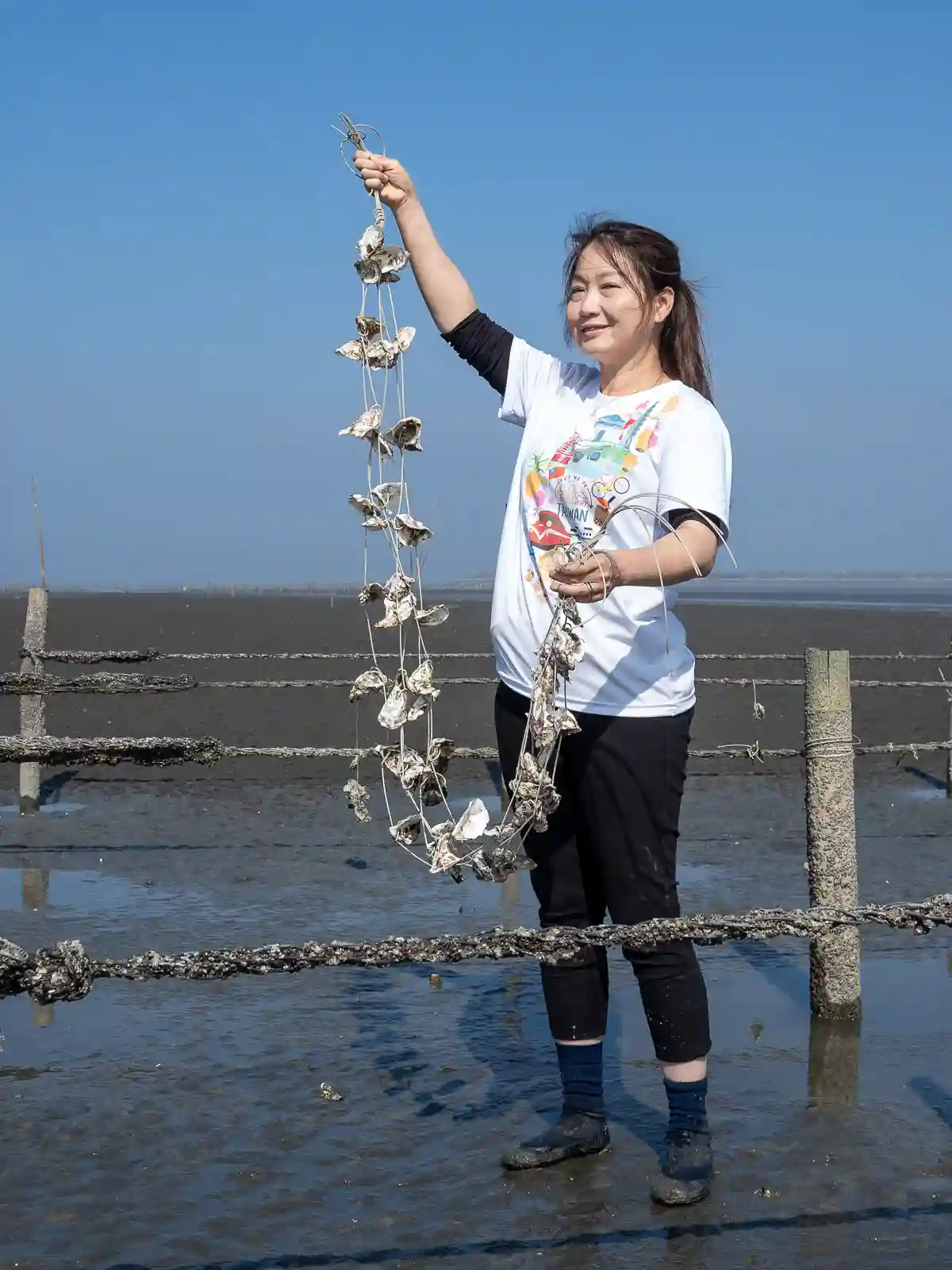
Oyster harvesting ecotours generally start from each farmer’s place of business in the quaint little village of Fangyuan. After a quick ride through town, you will reach the border of Fangyuan’s tidal flats. Here the real journey begins. It may take anywhere from 15 to 25 minutes to reach your guiding farmer’s oyster field. On the way, take note of local wildlife and other farmers tending to their fields. Once you’ve arrived, you can experience digging for clams and barbecuing fresh oysters and seafood in the expansive flats. After you’re full and you have taken your fair share of photos—the water buffalo, the farmers and the flats are all charming—the cart will take you back to town. The entire experience lasts between two to three hours.
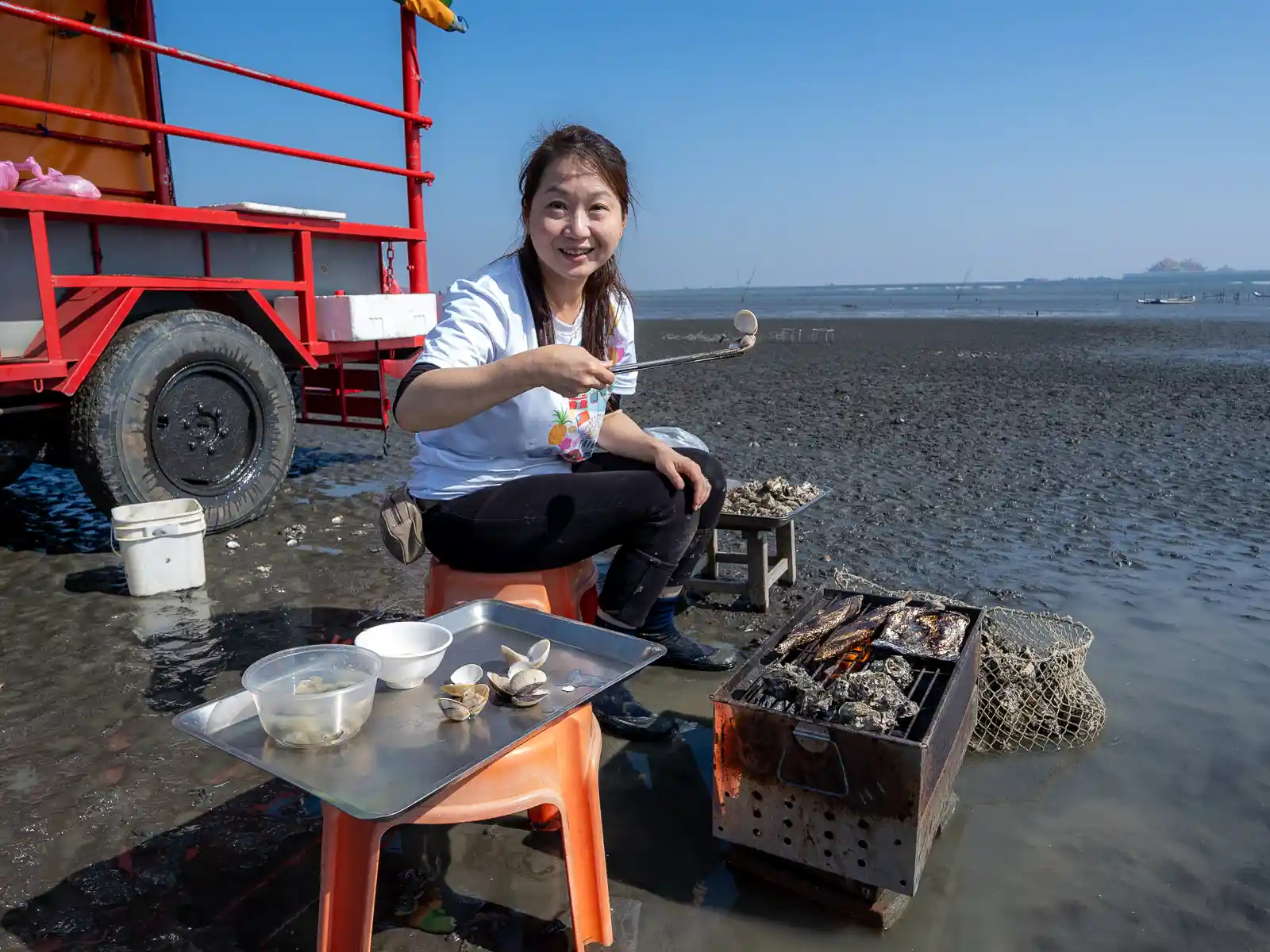
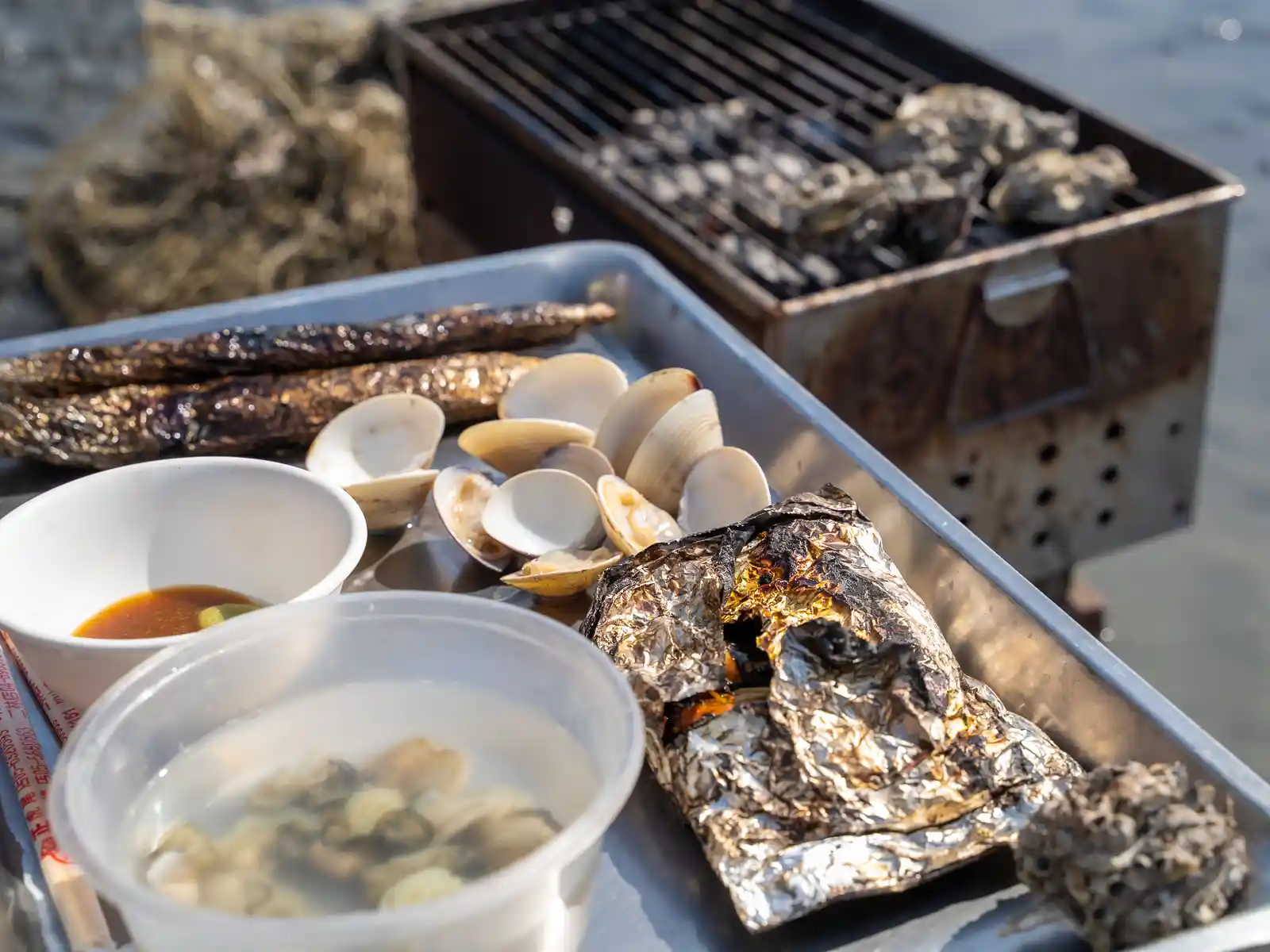
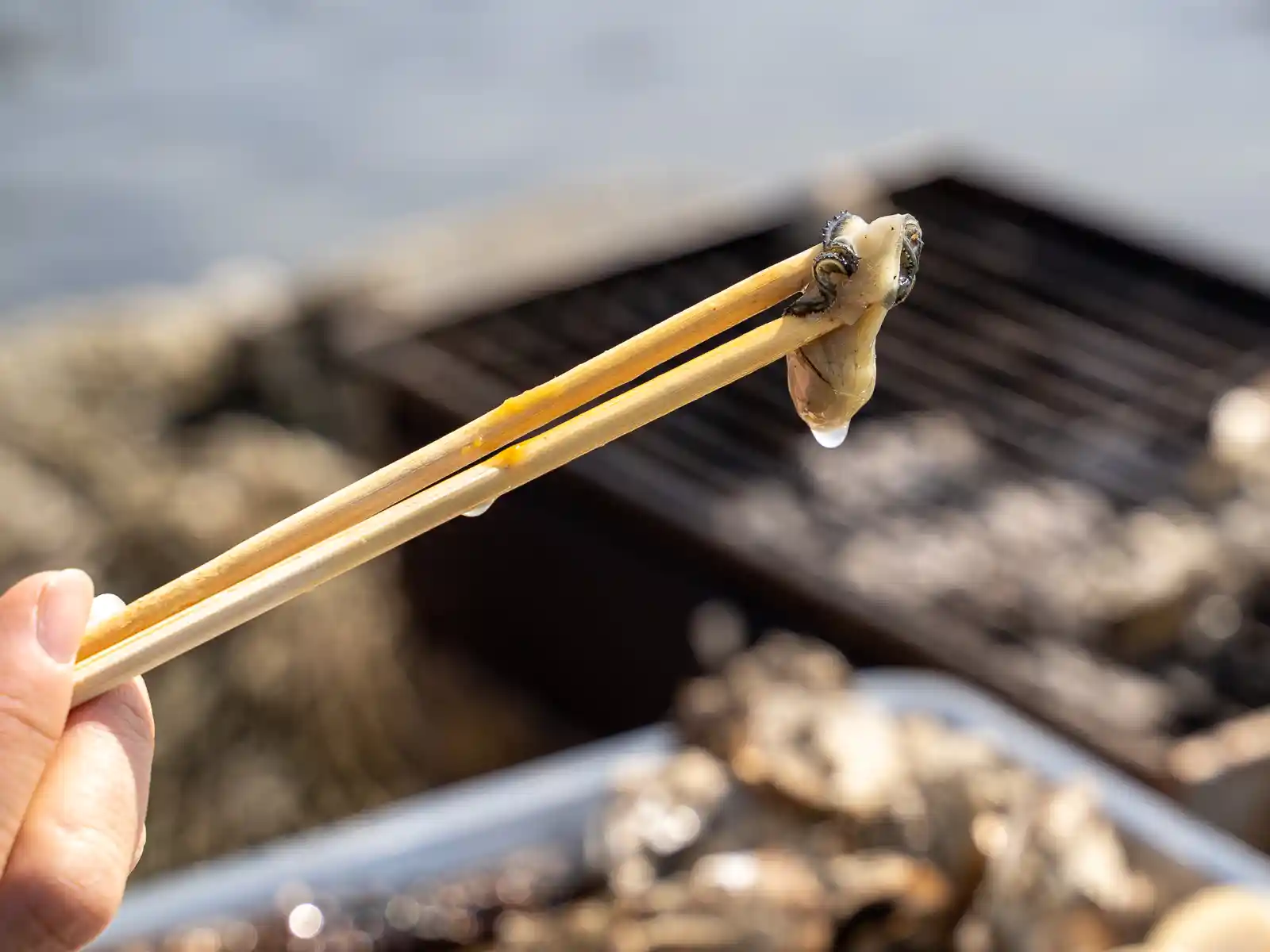

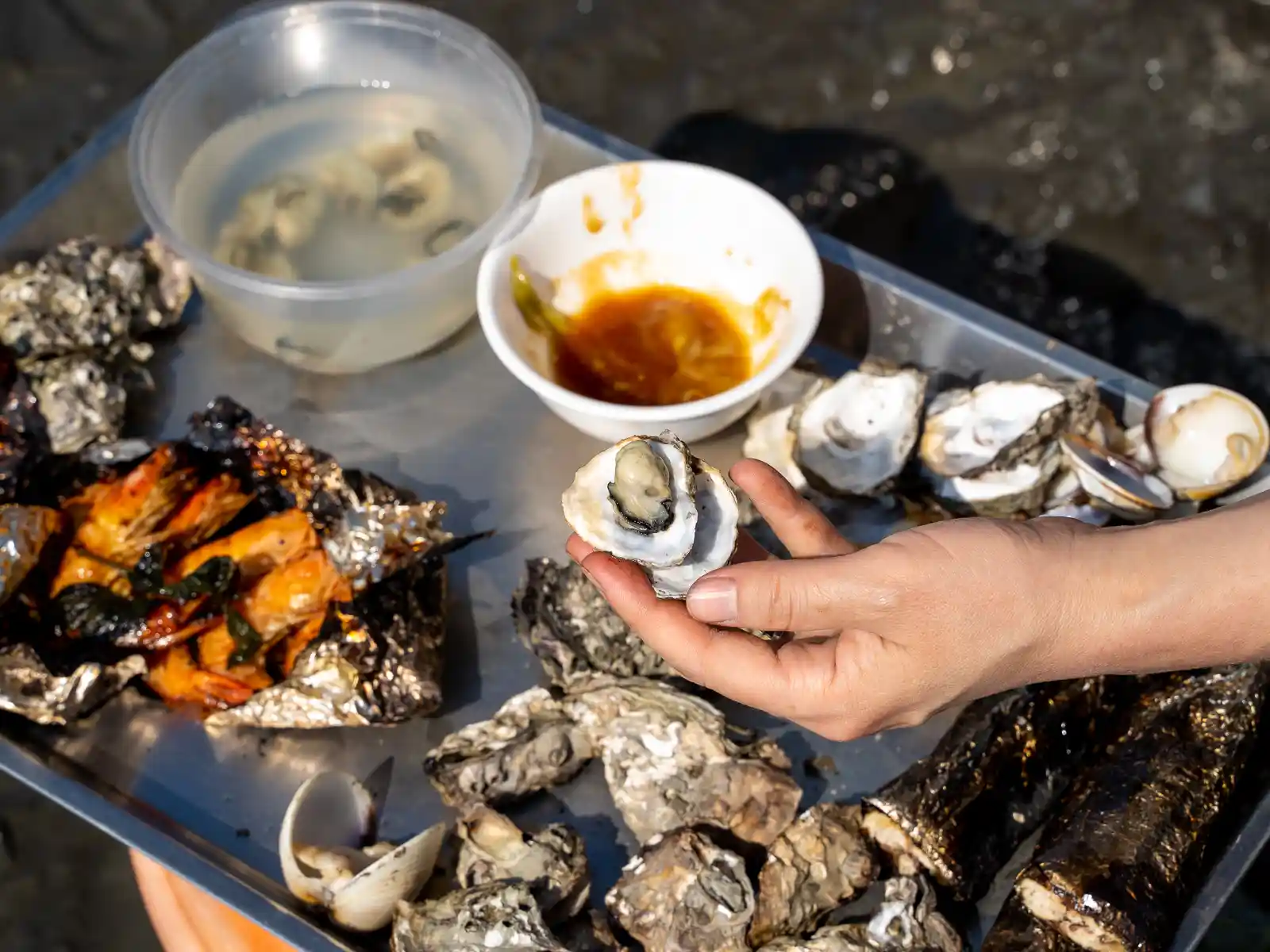
These eco-tours are weather dependent (especially in the winter when strong monsoon winds blow in from the Northeast) and only take place during low tide. Be sure to check in with your provider for an up-to-date schedule of tour times and recommended days.

